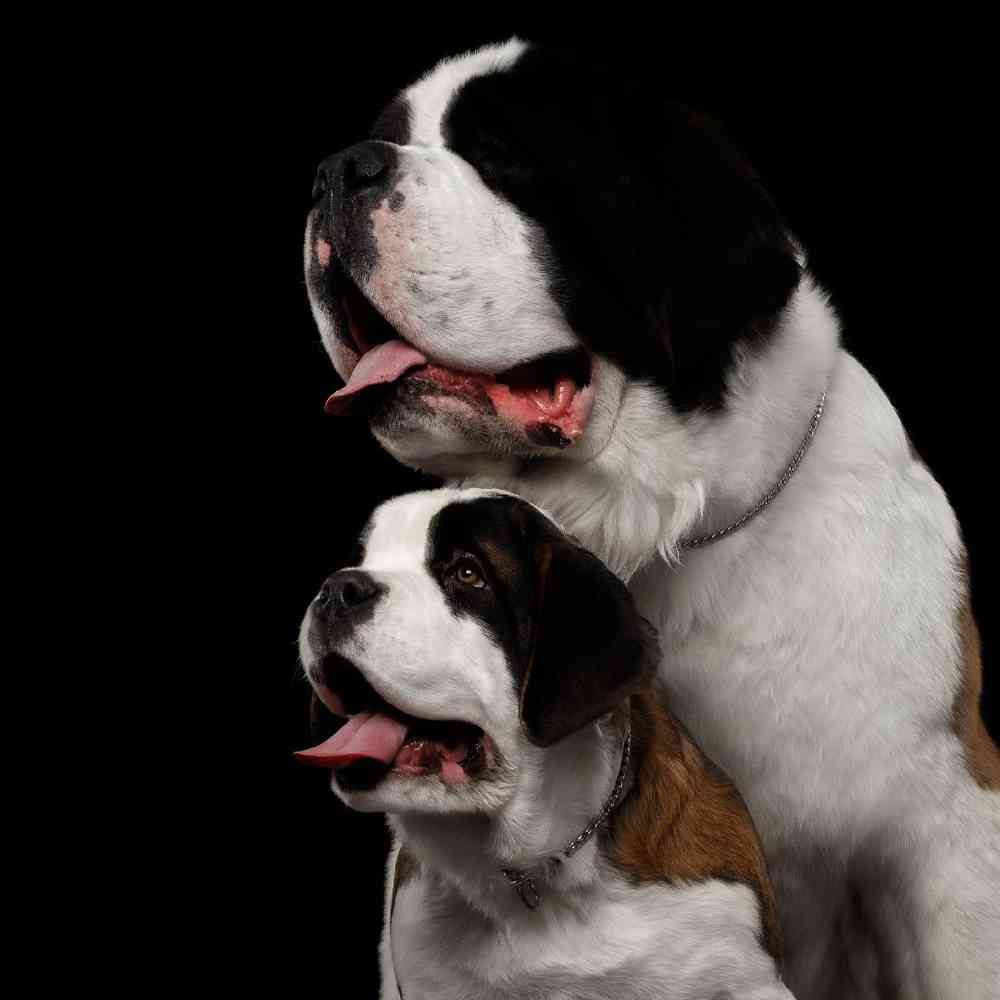
The Saint Bernard does not rank very high in AKC registrations, but the genial giant of the Swiss Alps is nonetheless among the world’s most famous and beloved breeds. Saints are famously watchful and patient “nanny dogs” for children.

Working